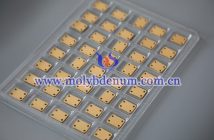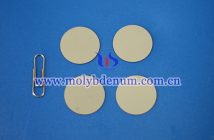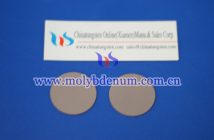Common preparation methods for tungsten disulfide (WS?) from CTIA GROUP LTD include chemical vapor deposition (CVD), mechanical ball milling, hydrothermal synthesis, and sol-gel methods. These processes involve various preparation parameters such as reaction temperature, reaction time, reactant concentration, reaction atmosphere, and catalysts. So, how do these preparation parameters affect the properties of WS? from CTIA GROUP LTD?
1. Reaction Temperature
Impact on Crystal Structure: Temperature is a critical factor influencing the crystal structure of WS?. At lower temperatures, WS? with poor crystallinity may form, resulting in an incomplete crystal structure with numerous defects. As the temperature increases, the crystal structure of WS? improves, and crystallinity enhances. However, excessively high temperatures may lead to overly rapid crystal growth, resulting in oversized grains or even lattice distortions.
Impact on Electrical Properties: An appropriate temperature helps form an ideal bandgap structure, enabling WS? to exhibit good electrical properties. For instance, within a certain temperature range, the carrier mobility of WS? may increase with rising temperature, which is beneficial for its use in electronic devices. However, temperatures that are too high or too low can enhance carrier scattering, thereby reducing mobility.
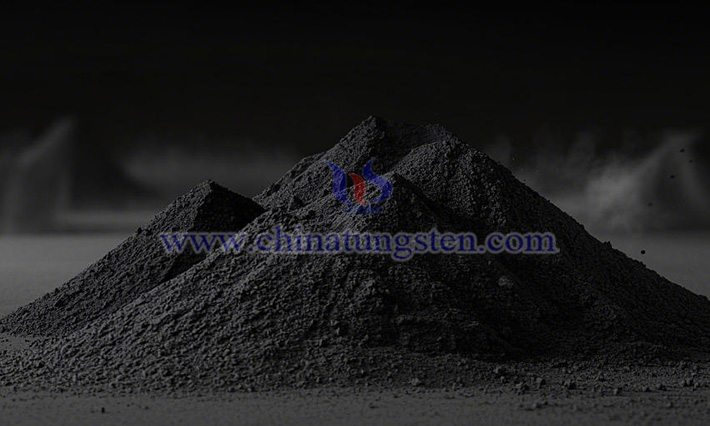
2. Reaction Time
Impact on Crystal Growth: Reaction time determines the extent of WS? crystal growth. If the reaction time is too short, crystal growth may be incomplete, yielding smaller WS? particles with lower crystallinity. As reaction time extends, the crystals have sufficient time to grow and refine, leading to larger particle sizes and improved crystallinity. However, excessively long reaction times may cause overgrowth, intensifying particle agglomeration and potentially degrading the material’s performance and applicability.
Impact on Surface Morphology: Reaction time also affects the surface morphology of WS?. Shorter reaction times may result in a smoother surface, while longer times may produce textured or uneven structures. These changes can influence the specific surface area and surface activity of the material, thereby affecting its performance in applications such as catalysis and adsorption.
3. Reactant Concentration
Impact on Crystal Size: Reactant concentration significantly affects the crystal size of WS?. Higher concentrations typically increase nucleation rates, leading to the formation of more crystal nuclei. During growth, the abundance of nuclei limits the space available for individual crystals, resulting in smaller WS? crystals. Conversely, lower concentrations facilitate slower crystal growth, yielding larger crystals.
Impact on Purity: Excessively high reactant concentrations may lead to impurity formation, compromising the purity of WS?. For example, in some preparation methods, an overly high sulfur source concentration could generate excess sulfur impurities, which might affect the electrical and optical properties of WS?. Properly controlling reactant concentration can minimize impurity formation and enhance WS? purity.
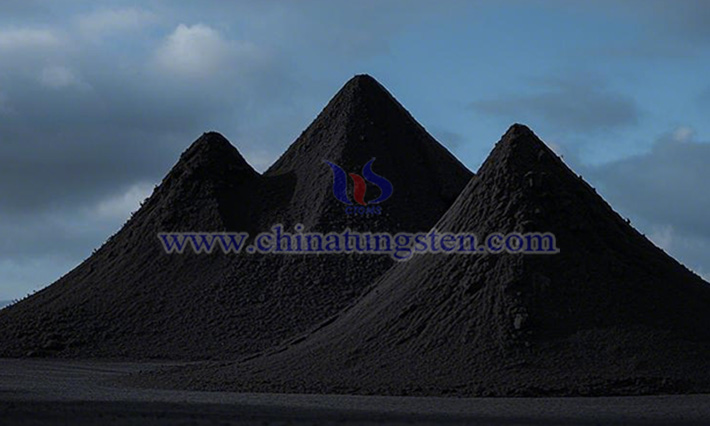
4. Reaction Atmosphere
Impact on Oxidation Level: The oxygen content in the reaction atmosphere significantly influences the oxidation level of WS?. In an oxygen-rich atmosphere, WS? is prone to oxidation, forming impurities such as tungsten oxide, which alters its chemical composition and crystal structure, thus affecting its properties. For instance, oxidized WS? may exhibit reduced lubricating performance. Therefore, preparation is typically conducted in an inert or reducing atmosphere to minimize oxidation, preserving the purity and performance of WS?.
Impact on Crystal Growth Direction: Different reaction atmospheres can influence the growth direction of WS? crystals. Under specific atmospheric conditions, WS? may preferentially grow along certain crystal planes, resulting in a structure with a specific orientation. This orientation can impact the physical properties of WS?; for example, in optoelectronic applications, WS? with a particular orientation may exhibit improved light absorption and charge transfer capabilities.

